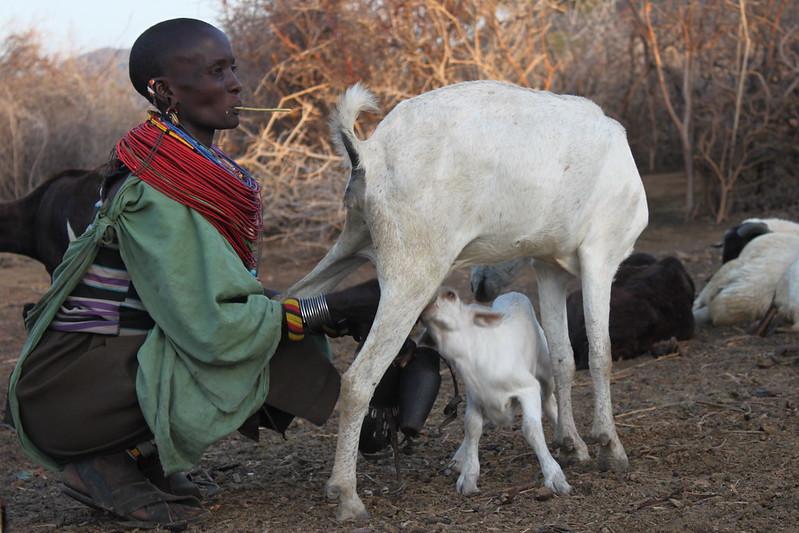Unlocking the potential of participatory planning: How flexible and adaptive governance interventions can work in practice
This article takes an in-depth approach to understand the sub-national application of a single participatory planning intervention implemented across Northern Kenya, using qualitative process tracing.
The past two decades have witnessed the rapid diffusion of participatory planning models, including Community-Driven Development and Participatory Budgeting. Despite enormous funding outlays, studies paint a mixed picture about whether and when these programmes “work” to improve welfare, governance, or social change.
To understand these questions, our paper takes an in-depth approach to understanding the sub-national application of a single participatory planning intervention implemented across Northern Kenya, using qualitative process tracing to understand the mechanisms operating across five counties.
Our findings suggest the potential for participatory planning interventions to succeed is contingent on three factors, which both practitioners and academics do not sufficiently understand:
- At the institutional level, participatory planning interventions need to address genuine governance gaps by fulfilling functions that are not met by formal or informal institutions;
- The rule-based design of participatory institutions often requires adaptation at the sub-national level in response to contextual factors, and the success of this adaptation mediates whether rules function as intended; and
- Ground-level implementers exercise far more discretion than officially recognised during implementation, suggesting they function as a poorly understood source of variation between and within programmes.
Citation: Hakiman, K. and Sheely, R. (2023) Unlocking the potential of participatory planning: How flexible and adaptive governance interventions can work in practice. Studies in Comparative International Development. December 2023. DOI:10.1007/s12116-023-09415-x
